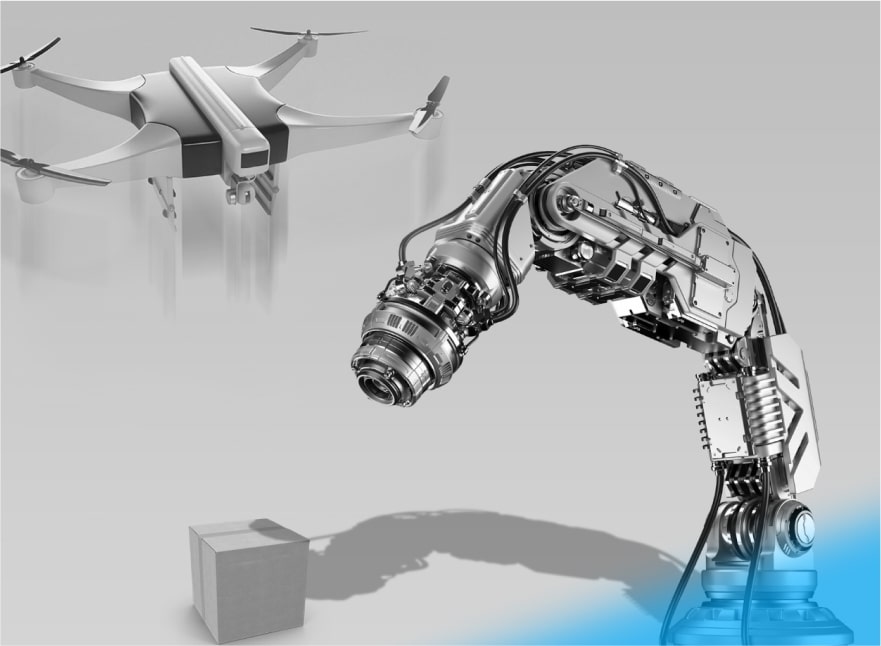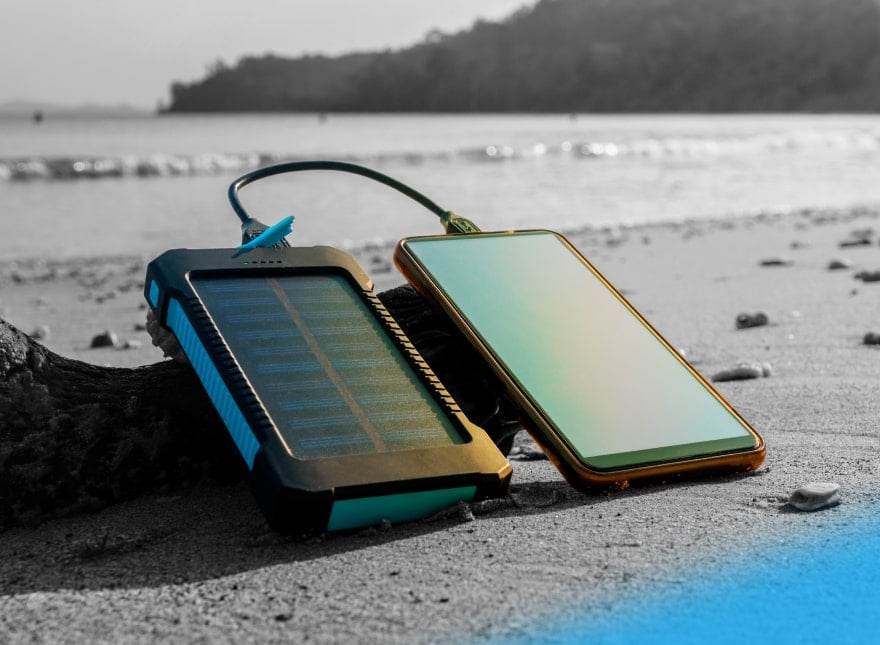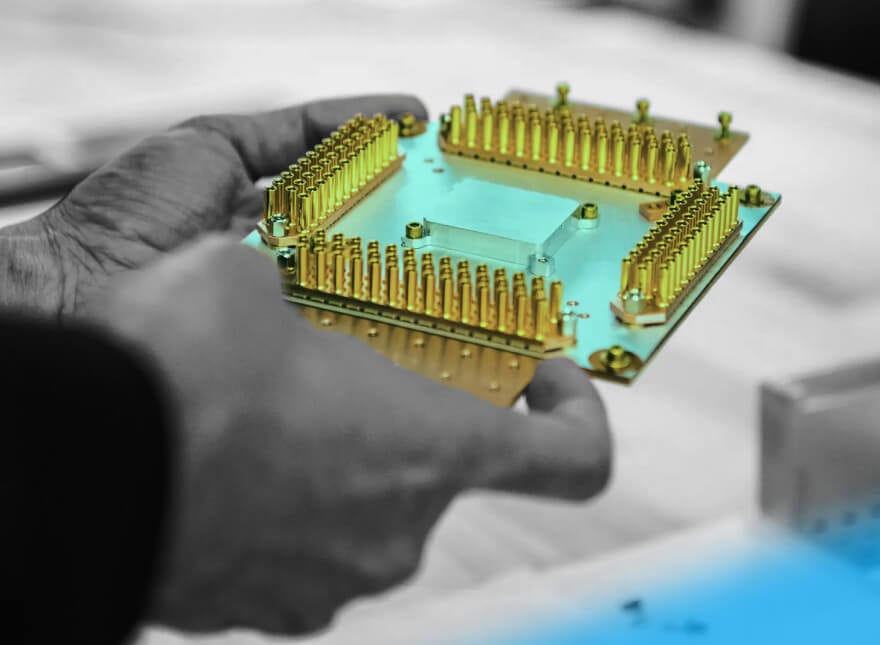Technologies and Trends Giving a Much-needed Boost to IoT in 2020

Although Verizon is still looking to expand its 5G network to 60 US cities by the end of the year, European and Asian telecom companies have put similar projects on hold. Without an efficient infrastructure, the future of IoT solutions that process large volumes of data closer to the edge of the network (surveillance cameras in Smart Cities, industrial robots, self-learning Smart Home devices, etc.) remains uncertain. The global logistics industry, which loses $350 million per week due to lockdowns, will hardly invest in blockchain-based IoT systems for cargo tracking. And while smart speaker, wristwear, and personal audio device sales are projected to grow 9.8% this year, most consumer IoT vendors will have to shift focus towards communication and entertainment technology to meet their revenue targets.
The bold predictions analysts were making about the Internet of Things in late 2019 will most likely remain unfulfilled. Today, it’s impossible to discuss technology trends out of the quarantine context. And here’s how the global lockdown is affecting the Internet of Things sector.
Table of Contents
Economic Factors Shaping the Internet of Things Market in 2020
IT Spending on the Decline
Before the quarantine, the business IoT market had been growing at a steady pace. The majority of companies had moved from IoT project planning to implementation and increased IoT investments by 20%.
Then the virus emerged, and the global economy slid into recession. Through 2020, businesses will be focusing on restoring negative cash flows, optimizing the workforce, and adjusting capital expenditures.
As companies are pulling back on near-term infrastructure investments, hardware-related projects will see the sharpest cut. Software solutions, on the other hand, will display a modest 2% growth driven by the increasing demand in collaborative tools, document management software, and cloud solutions.
Supply Chains in Chaos
Due to the quarantine and overreliance on China’s manufacturing power, 75% of companies are reporting supply chain disruptions. It is estimated that the coronavirus outbreak has already caused a 12% decline in smartphone production, while smartwatch brands registered a decrease of about 16%.
In IoT, the supply of chips, sensors, and development boards may take longer to ramp back up to normal than in other business areas.
This will force technology companies to adopt a multi-supplier, multi-location approach to hardware manufacturing and support small and medium-sized enterprises involved in the production of hardware components.
In the long term, businesses will consider moving production facilities away from China. Wistron Corporation, one of Apple’s manufacturing partners, has already voiced plans to assemble iPhone components at a new plant in India, while Google is set to begin the production of Smart Home products in Thailand.
Household Finances in Bad Shape
According to Yahoo! Finance, 35% of Americans admit the lockdown has affected their current financial situation.
As a result, consumers have cut spending on clothing, beauty products, and consumer electronics (except for home entertainment devices).
The application downloads for major consumer IoT solutions can serve as an indicator of customers’ diminishing interest in connected devices. Philips Hue application, for instance, has dropped 30 places on the US Lifestyle iOS Apps chart since February. Speaking of Home Automation, analysts expect Smart Home sales to plunge 20% by the end of this year.
With the global economy in a recession, IoT companies are seeking ways to leverage their skills, infrastructure, and products to fight both the economic and public health problems associated with the pandemic.
These IoT Technologies and Solutions are Trending up
- The Internet of Medical Things. Besides telemedicine and remote patient monitoring (RPM) systems, which saw a 50% increase in usage last month, healthcare providers and digital health startups turn to IoT and AI-based analytics solutions to manage the COVID-19 pandemic. Researchers from California are feeding temperature, heartbeat, and overall physical activity data collected via wearable devices to Machine Learning algorithms to prevent the virus from spreading further in affected areas. Specialists from the University of Massachusetts Amherst (UMass) have created a custom device based on a Raspberry Pi board and Intel Movidius 2 neural computing engine. The IoT gadget helps detect people with flu-like symptoms in a crowd by distinguishing coughing from other sounds. Wearables can also help reduce the workload and increase the efficiency of hospital staff. For this, patients who do not show COVID-19 symptoms could measure vital signs at home using wearable devices and securely send the data to hospitals.
- Industrial Internet of Things (IIoT). In 2019, automation was seen as a factory job killer. Today, manufacturers resort to Industrial IoT to monitor equipment and production facilities remotely and prevent unplanned downtime. According to Mark Muro, Senior Fellow and Policy Director at the Brookings Institution, investments in automation are often made during times of crisis. To innovate on the cheap, the industrial sector will most likely retrofit legacy machinery with the help of smart sensors, connectivity technologies, and cloud-based analytics solutions.
- Digital Twins. Digital twins are physical copies of real-world objects: devices, factories, and even cities. To create a digital twin, developers process sensor data in the cloud and visualize it using dashboards or Extended Reality. The technology could potentially help businesses create resilient supply chains, design novel IoT products, and model manufacturing processes. The University of Virginia’s Biocomplexity Institute, for instance, has designed an AI platform that simulates urban environments. The solution features virtual replicas of transport infrastructures and power grids and simulates the day-to-day activities of city dwellers. The research group is planning to combine the epidemiological data provided by the World Health Organization with the information they used to build the platform. This would allow US officials to predict the impact of lifting the current quarantine measures early and calibrate the virus response. Another example comes from Unlearn.AI, a technology startup that created “digital twin” profiles of clinical trial patients and raised $12 million in its Series A round.
- Drones. In 2020, new use cases for unmanned aerial vehicles (UAVs) have emerged. China successfully employs drones to transport medical samples, spray disinfectants in the streets, and detect citizens ignoring the quarantine rules. Police departments across the USA are using surveillance drones to enforce social distancing in areas inaccessible to patrol cars. Farmers turn to drones and GPS technology to monitor crops and make better replanting decisions. But it’s drone delivery that has made the biggest step forward. Zipline, a California-based drone delivery company, is helping the Republic of Ghana to assess the spread of COVID-19 by delivering test samples collected in rural areas to medical labs in the country’s two largest cities. This marks the first time UAVs have been used for regular long-range deliveries in urban areas.
- IoT security solutions. Recent studies show 57% of connected devices are open to medium and high-severity attacks, while 98% of all IoT traffic remains unencrypted. High-tech medical equipment turns out to be an easy target for cybercriminals, and 82% of hospitals that make use of IoT solutions have experienced at least one attack in the past 12 months. As more people work from home and interact with healthcare providers via telemedicine solutions, IoT security (or lack thereof!) has become critical. To solve this problem, IoT vendors will use AI algorithms to continuously scan hospital IT infrastructures, force OTA firmware updates on devices with smaller hardware footprints, and make use of cloud-based security monitoring tools.
Despite the quarantine, the global Internet of Things market is expected to reach $243 billion this year — up from $150 billion in 2019. There is a strong indication that the declining demand for IoT solutions in the automotive, logistics, and consumer electronics sectors will be a short-lived phenomenon, which could eventually spur the Digital Transformation of traditionally analog industries.
More articles on the topic






